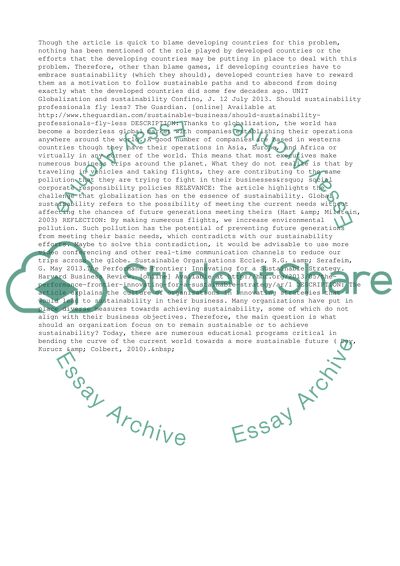Cite this document
(“Stakeholder Reflection Exercise and Essay Example | Topics and Well Written Essays - 1250 words - 1”, n.d.)
Stakeholder Reflection Exercise and Essay Example | Topics and Well Written Essays - 1250 words - 1. Retrieved from https://studentshare.org/business/1485701-stakeholder-reflection-exercise-and-essay
Stakeholder Reflection Exercise and Essay Example | Topics and Well Written Essays - 1250 words - 1. Retrieved from https://studentshare.org/business/1485701-stakeholder-reflection-exercise-and-essay
(Stakeholder Reflection Exercise and Essay Example | Topics and Well Written Essays - 1250 Words - 1)
Stakeholder Reflection Exercise and Essay Example | Topics and Well Written Essays - 1250 Words - 1. https://studentshare.org/business/1485701-stakeholder-reflection-exercise-and-essay.
Stakeholder Reflection Exercise and Essay Example | Topics and Well Written Essays - 1250 Words - 1. https://studentshare.org/business/1485701-stakeholder-reflection-exercise-and-essay.
“Stakeholder Reflection Exercise and Essay Example | Topics and Well Written Essays - 1250 Words - 1”, n.d. https://studentshare.org/business/1485701-stakeholder-reflection-exercise-and-essay.


